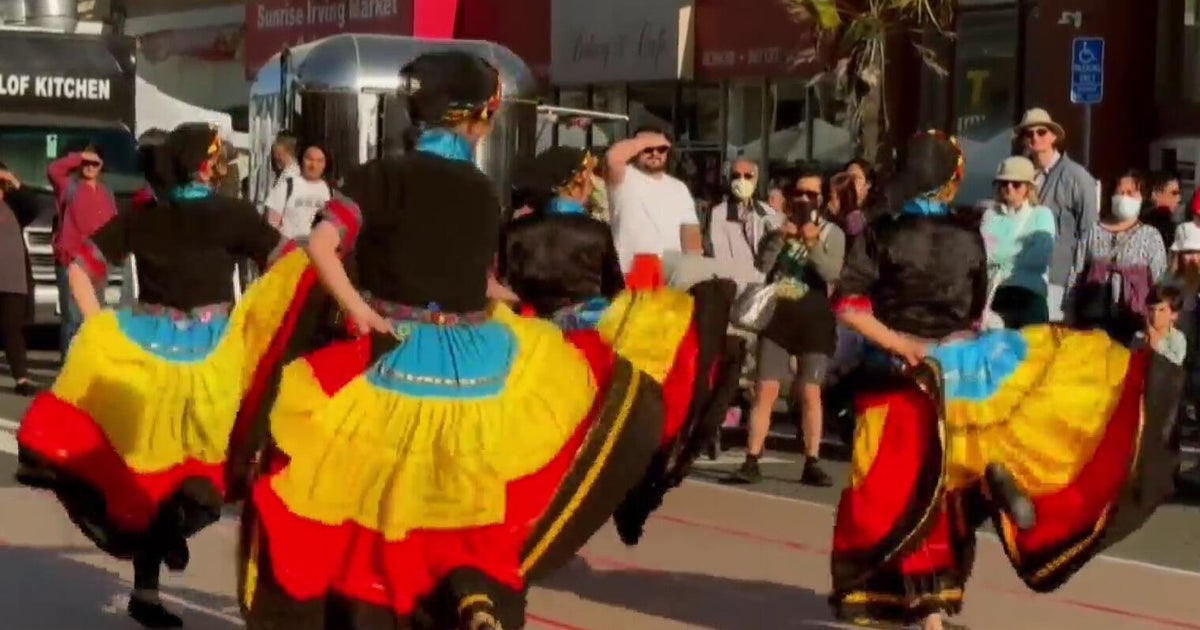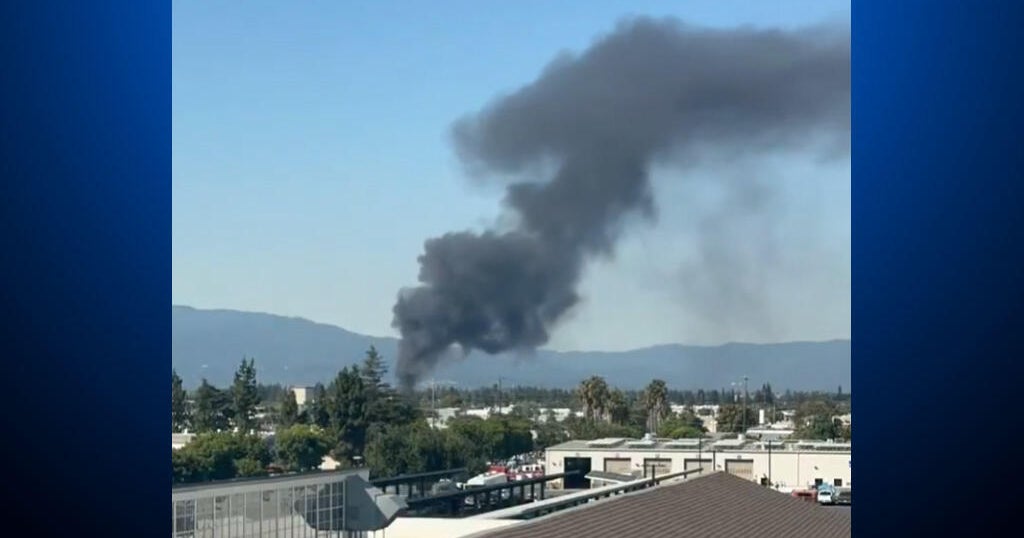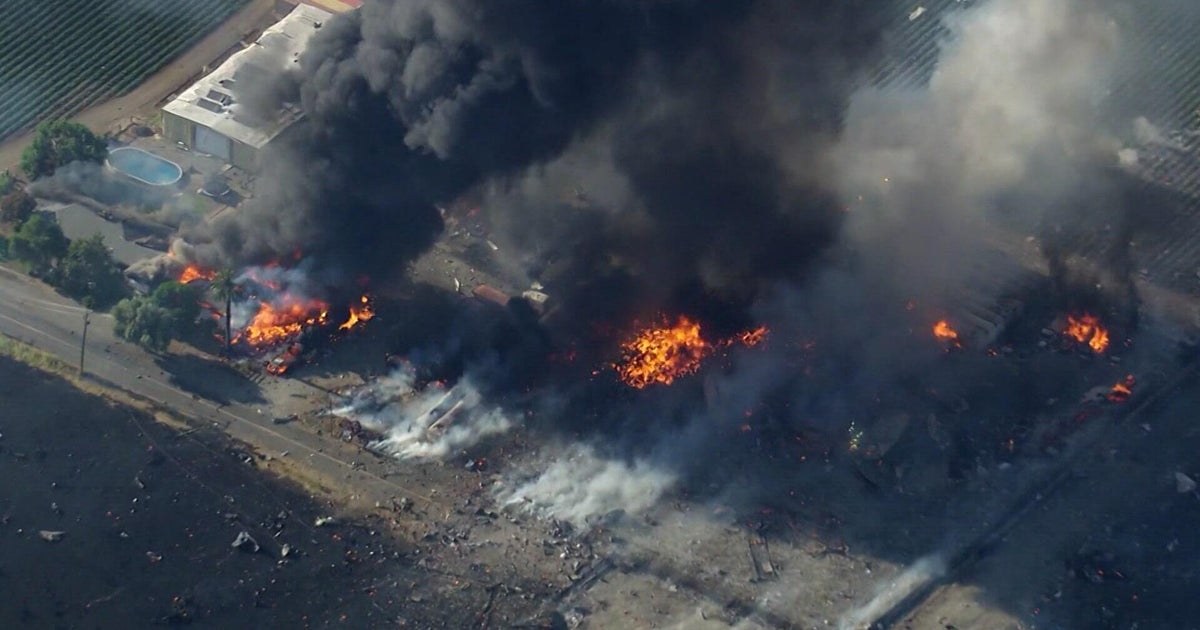COVID: California Moves to Boost Vaccinations in Underserved Communities - 'We Have To Be Bolder'
STOCKTON (KPIX 5 / AP) — Governor Gavin Newsom unveiled a new plan to dedicate 40% of all vaccine doses to the communities that have been hardest hit by the virus -- often low-income neighborhoods and communities of color.
"We have to be bolder and we have to go bigger," Newsom told reporters at a community clinic in Stockton.
The doses will be spread out among 400 ZIP codes with about 8 million people eligible for shots. Many of the neighborhoods are concentrated in Los Angeles County and the Central Valley. The areas are considered most vulnerable based on metrics such as household income, education level, housing status and access to transportation.
Once two-million vaccine doses are given out in those neighborhoods, the state will make it easier for counties to move through reopening tiers that dictate business and school reopenings.
According to a statement from Newsom's office, the zip codes prioritized for vaccines are in the lowest quartile as measured by the state's Healthy Places Index. Some parts of the Bay Area that are in the lowest quartile of the index include areas of Central and East San Jose.
"Having a vaccination site in this neighborhood provides a safe haven for all of the people around here -- for this demographic because they do know and trust us," Vanessa Harris, vaccination site coordinator at Emmanuel Baptist Church in East San Jose, told KPIX 5.
The church's zip code, 95127, has one of the highest infection rates in Santa Clara County.
"I'm grateful for this place being here because it's Eastside San Jose. It's a working class area. I think that's why this area has been affected so much," Richard Martinez, a childcare worker, told KPIX 5.
Right now, a county can move from the most restrictive purple tier to the lower red tier based on several metrics, including having 7 or fewer new COVID cases per 100,000 people per day over a period of several weeks. That metric will change to 10 new cases or fewer. In the red tier, businesses such as restaurants and gyms can open for indoor services at limited capacity.
Also in the red tier, schools that want to access new state funding must provide in-person learning for students in transitional kindergarten through grade 6 and at least one grade each in middle and high school.
About 1.6 million vaccine doses already have been given to people in those 400 ZIP codes, and the state will hit the 2 million mark in the next week or two, officials said.
Once the state gives out 4 million doses in those neighborhoods, it will revise the metrics for getting into the even less restrictive orange and yellow tiers.
Newsom has called equity the state's "North Star." getting community health clinics focused on serving low-income and vulnerable Californians say they haven't been getting enough doses.
The changes mark a fresh round of twists in California's vaccination and reopening plans. Now half of California's vaccine doses will be reserved for specific groups, as educators get a guaranteed 10%. People age 65 and over, farmworkers and emergency service workers are also eligible for shots.
More counties have already been moving into the red tier as caseloads, hospitalizations and deaths drop. The state's average 2.2% test positivity rate over 7 days is a record low.
Officials are making it easier to move through reopening tiers, arguing the likelihood of widespread transmission that can overwhelm hospitals will decrease as more people are vaccinated. That's particularly true as the most vulnerable populations that are more likely to get seriously ill receive the shots.
While race and ethnicity are not explicit factors in designating vaccinations, the 400 vulnerable ZIP codes overlap heavily with neighborhoods with higher populations of Blacks, Latinos and Asian and Pacific Islanders, officials said.
Los Angeles County could move into the next phase of reopening with fewer restrictions as early as next week, though any actual lifting of coronavirus-related constraints would not happen immediately, county officials said earlier Wednesday.
Most Bay Area counties have advanced to the next phase, which allows restaurants and movie theaters to open indoors at 25% capacity and gyms to operate at 10% capacity.
© Copyright 2021 CBS Broadcasting Inc. All Rights Reserved. The Associated Press contributed to this report.



